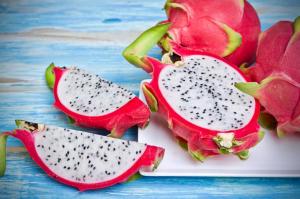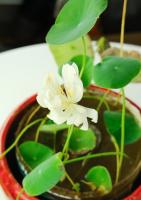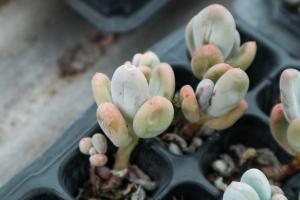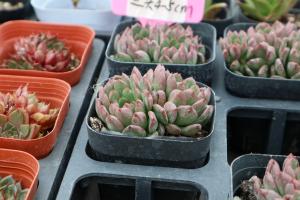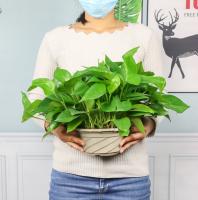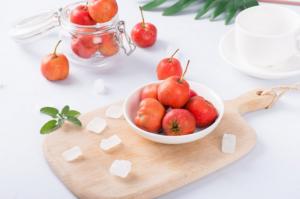What Causes Tomato Plants to Curl?
Tomato plants are a popular garden crop due to their versatility and ease of cultivation. However, one issue that may arise with tomato plants is curling of their leaves or stems. This can be an indication that something is wrong with the plant's growth and health. In this article, we will explore the various reasons that can lead to the curling of tomato plants.
1. Environmental Stress
One of the most common reasons behind tomato plant curling is environmental stress. This can occur due to high temperatures, low humidity, or extreme weather conditions. If the tomato plant is exposed to too much heat, its leaves and stem may curl up in an effort to conserve water and reduce the amount of moisture lost through transpiration. Similarly, low humidity levels can cause plants to curl as they try to retain water.
2. Pest Damage
Pests can significantly impact the health of tomato plants, leading to various issues such as curling. For instance, aphids and spider mites feed on the sap of tomato plants, leading to leaf curling and stunted growth. Similarly, the fungal disease known as tomato leaf curl virus can lead to curling and the stunting of plants. If you notice any signs of pest damage, it is essential to take appropriate action quickly to avoid further harm.
3. Nutrient Deficiency
Another possible cause of tomato plant curling is nutrient deficiency. Tomatoes require specific nutrients to grow and thrive, including nitrogen, potassium, and phosphorus. A lack of these essential nutrients can result in curled leaves or stems. For instance, a deficiency in potassium can cause the edges of tomato leaves to curl up and eventually turn brown.
4. Overwatering or Underwatering
Overwatering or underwatering can also lead to tomato plant curling. Too much water can cause the plant to become waterlogged, which can lead to a lack of oxygen to the roots and prevent the absorption of nutrients. On the other hand, underwatering can result in the plant conserving water by curling its leaves and stem to reduce transpiration. Overwatering and underwatering can be easily avoided by carefully monitoring the amount of water that tomato plants receive.
5. Genetic Factors
It is possible that genetic factors can also contribute to tomato plant curling. Certain tomato plant varieties may be more prone to curling than others due to their genetics. In some cases, it may be beneficial to select different tomato plant varieties or hybrids that are less susceptible to curling.
Conclusion
Tomato plant curling can be frustrating for gardeners as it can signal issues with the plant's growth and health. By understanding the various reasons behind tomato plant curling, gardeners can take appropriate action to address the underlying causes of the problem. Whether it's environmental stress, nutrient deficiency, pest damage, or genetic factors, timely intervention and care can help prevent curling and ensure the healthy growth of tomato plants.

 how many times do yo...
how many times do yo... how many planted tre...
how many planted tre... how many pine trees ...
how many pine trees ... how many pecan trees...
how many pecan trees... how many plants comp...
how many plants comp... how many plants can ...
how many plants can ... how many plants and ...
how many plants and ... how many pepper plan...
how many pepper plan...